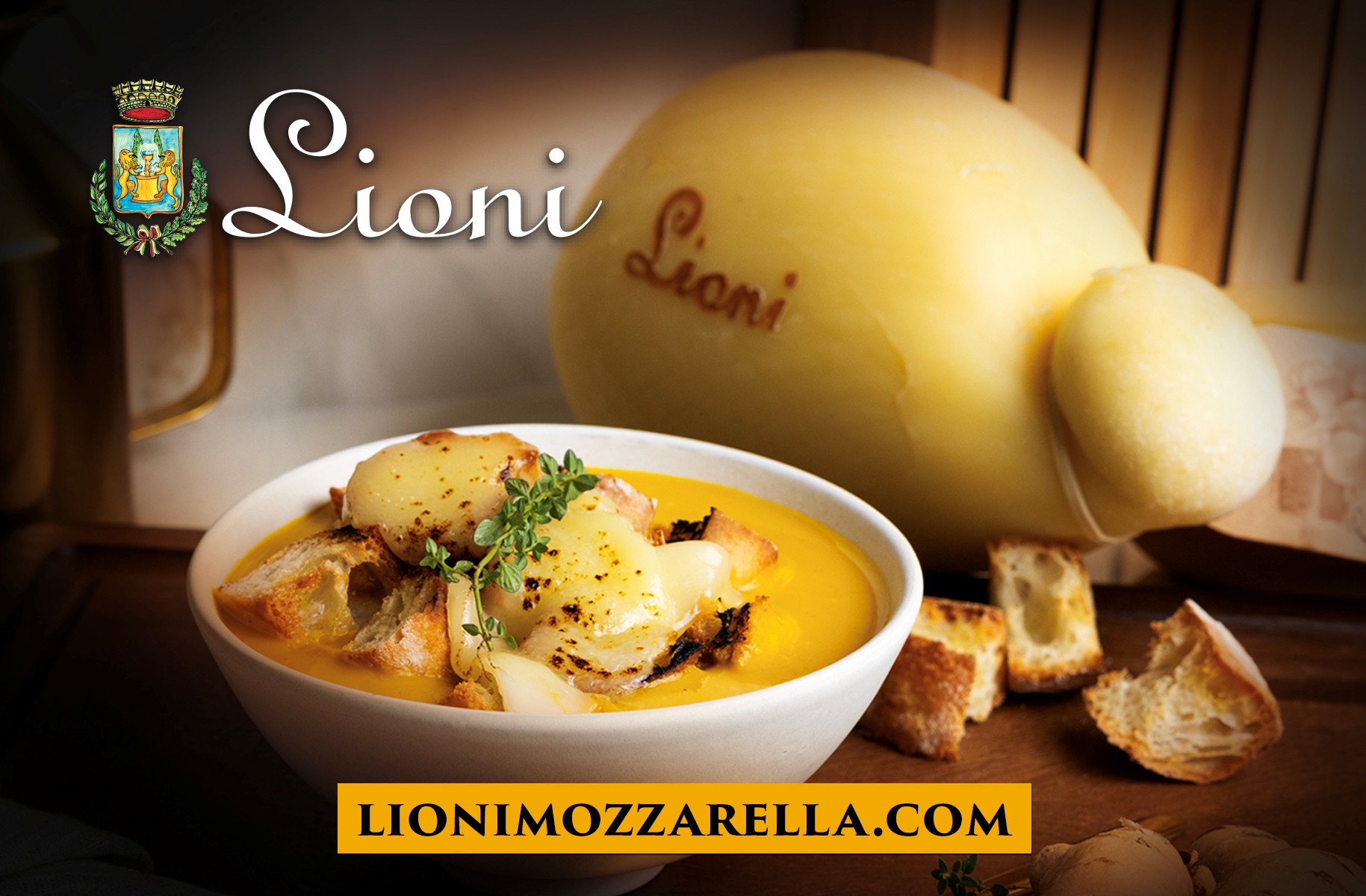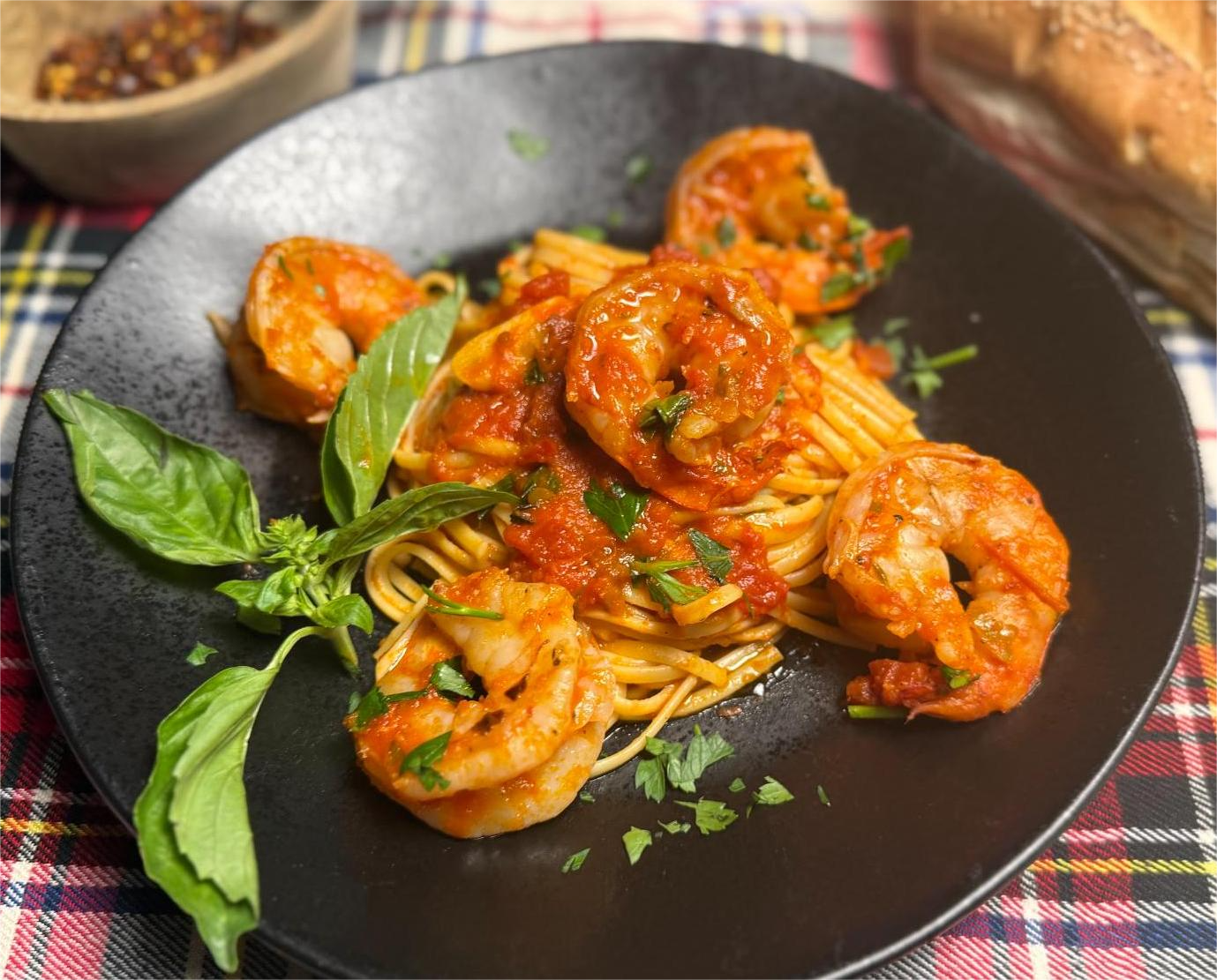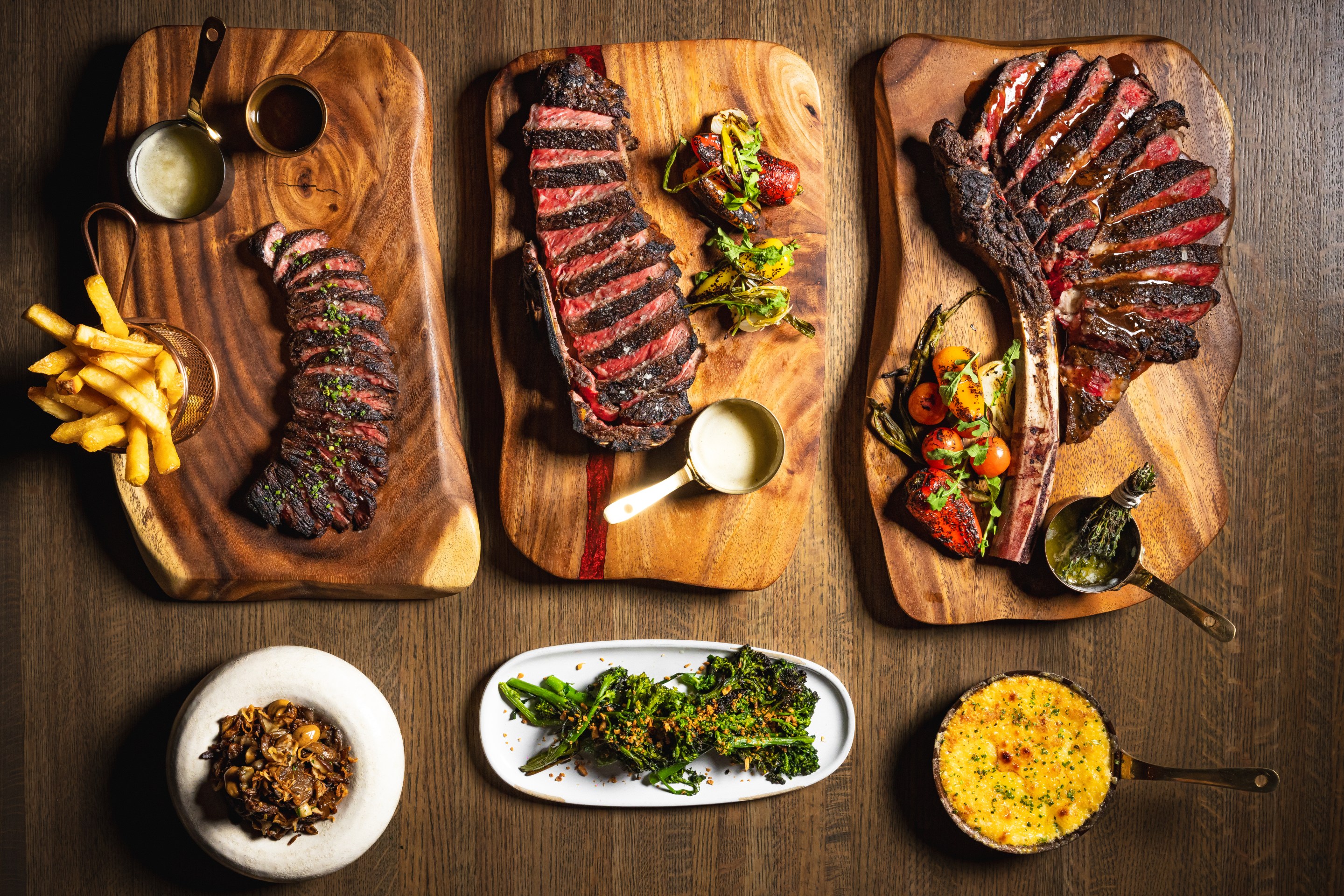Missy Robbins is widely recognized among the most celebrated regional Italian chefs in contemporary America. Her three Brooklyn restaurants - Lilia, Misi, and Misi Pasta - are as highly regarded as they are sought after by connoisseurs of high-end Italian cuisine. Recognized as the "Best Chef in New York City" in 2018 by the James Beard Foundation, Missy is a passionate advocate for the products of Italy, including her role as an "Ambassador" for Balsamic Vinegar of Modena as part of a special project. We at Appetito, always eager to educate our readers, had some questions for Missy about this product and the project which she represents.
What is the “Land of Balsamico” project, and what is your role as “Ambassador”?
The two consortia behind Balsamic Vinegar of Modena PGI, and Traditional Balsamic Vinegar of Modena PDO, have teamed up in a project that aims to protect and promote authenticity and traceability. I am doing my part to help spread education on the history and production of authentic Balsamic Vinegar from Modena. There is a lot of confusion, especially in the US, on
what exactly Balsamic Vinegar of Modena is– you have to watch out for brands that use Italian-sounding names on their labels, misleading the consumer.
How does a consumer know that the balsamic vinegar they are buying is from Modena?
For Traditional Balsamic Vinegar of Modena, the best thing to do is to look for the red and yellow PDO mark.
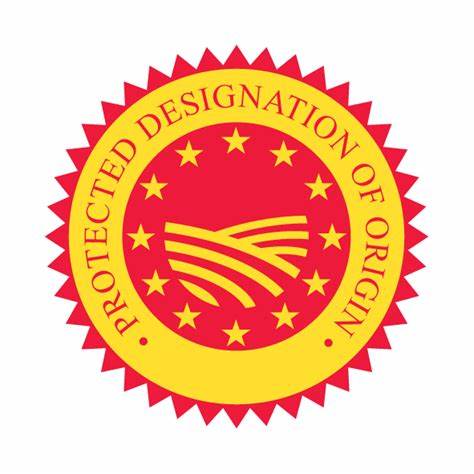
For Balsamic Vinegar of Modena, look for the blue and yellow PGI mark, both which guarantee the authenticity of the products.
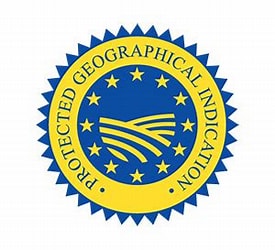
Traditional Balsamic Vinegar of Modena (PDO) only ever comes in a spherical, 100ml Giorgetto Giugiaro designed bottle. If the bottle is any other shape, it’s not Traditional Balsamic Vinegar of Modena!
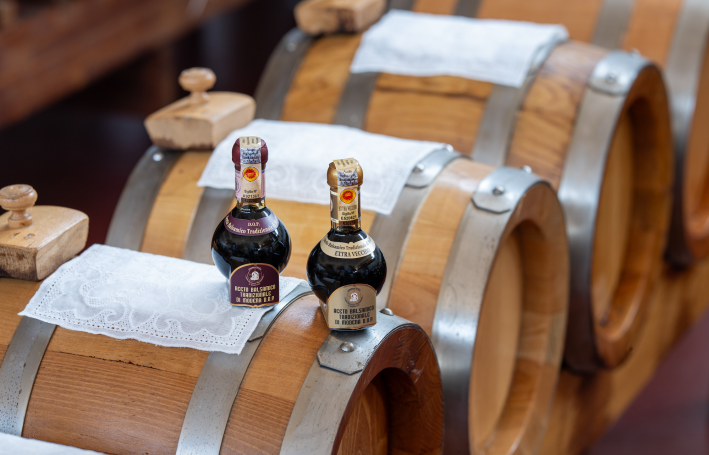
What differentiates the Balsamic Vinegars of Modena?
Aceto Balsamico di Modena PGI, or Balsamic Vinegar of Modena PGI, is made with two ingredients: cooked or concentrated must and wine vinegar. It is aged for a minimum of 60 days. When Balsamic Vinegar of Modena PGI is aged for 3+ years, it earns an “Invecchiato” or “Aged” classification. Overall, it is easier to find and affordable, serving as an excellent pantry staple.
Traditional Balsamic Vinegar of Modena PDO, meanwhile, is made with only one ingredient -- cooked grape must -- which is produced only with grapes from Modena. It is an artisanal production that takes a minimum of 12 years, consisting of the yearly process of "travasi and rincalzi” in the “batteria” - a series of decreasing volume barrels made of different kinds of wood. This process is orchestrated by the “maestro” of the vinegary, and adheres to a 4-season cycle, following the centuries-old rules and secrets of individual producer families. Once it reaches 25 years of aging, it boasts the “Extravecchio,” or “Extra-aged” title. Because it takes longer to produce, it tends to be rarer and more expensive.
It’s also important to point out what PGI & PDO mean. These designation of origin titles mean that the products' characteristics are inextricably linked to their area of origin, in this case Modena. For PDO status, the raw materials come from Modena, where the entire production process unfolds; while for PGI, the most significant part (but not every step) of production takes place in Modena. In short, the real deal is always produced in Modena.
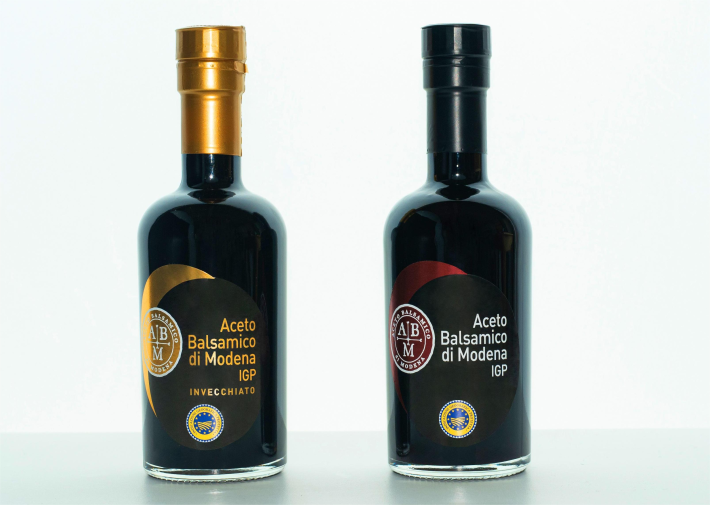
What makes these products so special for you?
For me, I think the fact that there is so much tradition that goes into make these products, passed on from generation to generation. There is a passion and attention to detail that is very special.
If you could enjoy one dish using any of these two products, what would it be and why?
Lately I’ve been making roasted broccoli rabe with a drizzle of aged Balsamic [Vinegar of Modena PGI]. The sweetness and slight acidity really counter the bitterness of the vegetable.
What are the best uses for the distinct designations?
Balsamic Vinegar of Modena PGI has an acidity and brightness that make it ideal for salads, vinaigrettes, and daily use overall. The “Invecchiato” variety pairs beautifully with meats, cooked vegetables, or primi first courses. I recommend only dotting Traditional Balsamic Vinegar of Modena on your dishes and not cooking or emulsifying it. Some of my favorite preparations
using this variety are on aged cheeses of the region, like Parmigiano Reggiano PDO or on fresh pastas like tortellini. Or have it for dessert on gelato and fresh seasonal fruit.
Shop for Balsamic Vinegar of Modena PDO and PGI at our affiliate partner* sites including:
Bona Furtuna | Eataly | Milk Street Kitchen
*Note: Appetito may earn commissions from products featured in links to this story.

